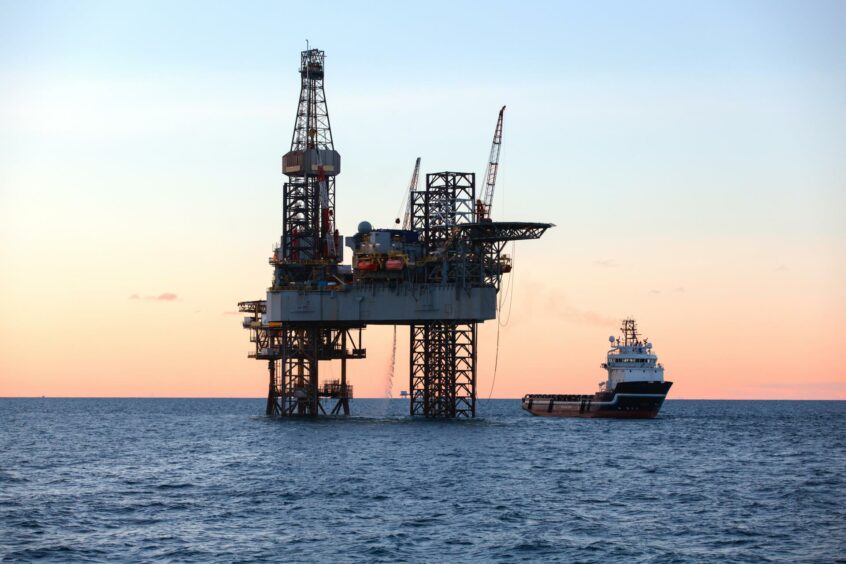
Recoverable oil reserves have fallen by around 152 billion barrels since last year, while undiscovered volumes have plummeted owing to diminished exploration appetite, according to analysis by Rystad Energy.
Global recoverable oil now totals an estimated 1,572 billion barrels, the Oslo-based energy analysts said, a drop of almost 9% since last year and 152 billion fewer barrels than totalled in 2021.
“Recoverable oil” corresponds to volumes that can be produce technically and commercially, including those in existing fields, discoveries and risked future discoveries.
The drop has been driven by the 30 billion barrels produced last year, plus a significant reduction in undiscovered resources of some 120 billion barrels, based on estimates made as of 1 January 2022.
The largest total drop has been seen in the US offshore sector, where 20 billion barrels of oil will remain in the ground, largely as a result of leasing bans on federal land.
Of the 1,572 billion barrels of technically recoverable oil, only about 1,200 billion barrels are likely to be economically viable before 2100 at $50 per barrel, Rystad noted. This economically extractable oil would contribute about 0.1˚C of additional global warming by 2050, and somewhat less by 2100 thanks to natural carbon sinks.
“While the drop in oil availability is positive news for the environment, it may threaten to further destabilise an already precarious energy landscape. Energy security is a matter of redundancy; we need more of everything to meet the growing demand for transport and any action to curb supply will quickly backfire on pump prices worldwide, including large producers such as the US,” said the firm’s head of analysis Per Magnus Nysveen.
“Politicians and investors can find success by targeting energy consumption, encouraging electrification of the transport sector and drastically improving fuel efficiency.”
‘Collapse in appetite’
Rystad has also issued updated estimates for undiscovered oil, which has fallen dramatically – from 1 trillion barrels in 2018 to 350 billion barrels in its latest report.
Analysts said this was due to a “rapid collapse in investor appetite” for exploration exposure, which had in turn led to fewer government leases.
It said the revision was “broadly positive” in terms of the climate impact of oil reserves. If all remaining recoverable oil was to be burnt immediately, the global warming impact would be +0.25˚C, based on 350 kg of CO2 per barrel and +0.1˚C warming per 220 gigatonnes of CO2 emitted.
However, only 35% of carbon emissions from that oil would still be in the atmosphere in 2100, as it takes 80 years for CO2 to be naturally removed from the air. Furthermore, not all oil is burnt for energy; the carbon in plastics may only be released into the atmosphere if incinerated.
Yet it also warned the fall in exploration potential could have negative consequences for global energy security, particularly if electric vehicle adoption falls short of expectations.
Examining the longevity of reserves, analysts also found “significant differences” between OPEC and non-OPEC members.
All OPEC countries have proven reserves that are expected to last over 10 years, ranging from Iraq with just over 10 years to more than 14 years in Saudi Arabia.
In non-OPEC member countries, Mexico ranks last among individual countries with fewer than five years of proven reserves, whereas Canada’s reserves are projected to last almost 20 years.
Looking at resources by country, Saudi Arabia retains its lead with 275 billion barrels of recoverable resources, followed by the US with 193 billion barrels (up 8 billion barrels on last year).
Russia with 137 billion barrels, Canada with 118 billion barrels and Iraq with 105 billion barrels round out the top five.
In Europe, both the UK and Norway’s recoverable volumes have fallen by 1 billion barrels and now stand at 10 billion and 17 billion barrels, respectively.